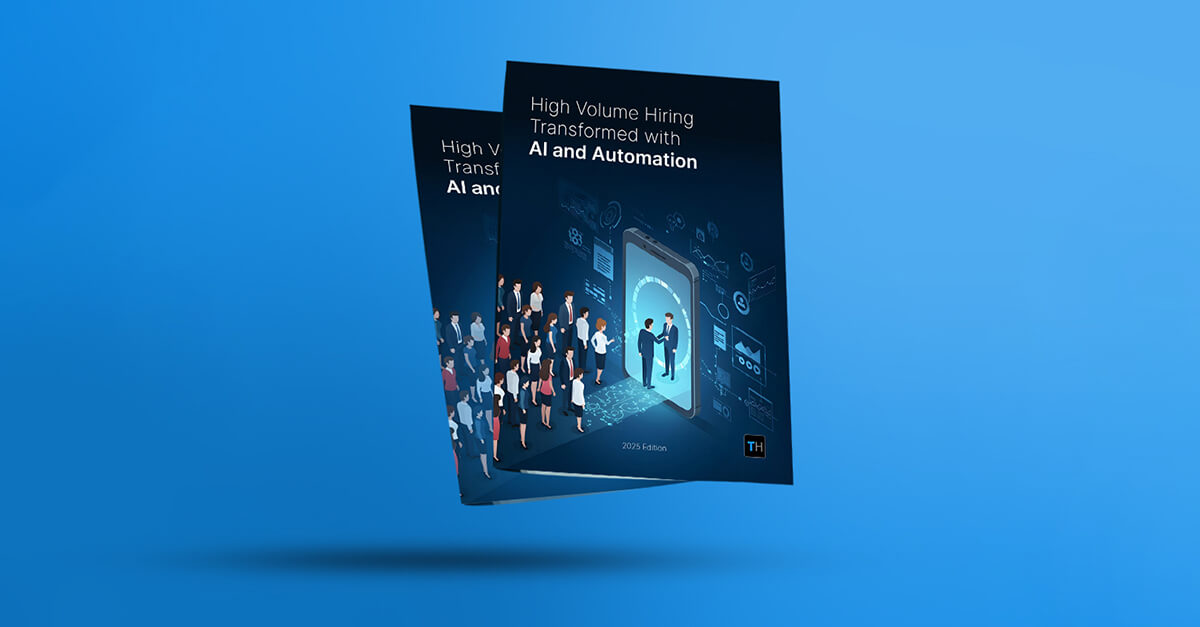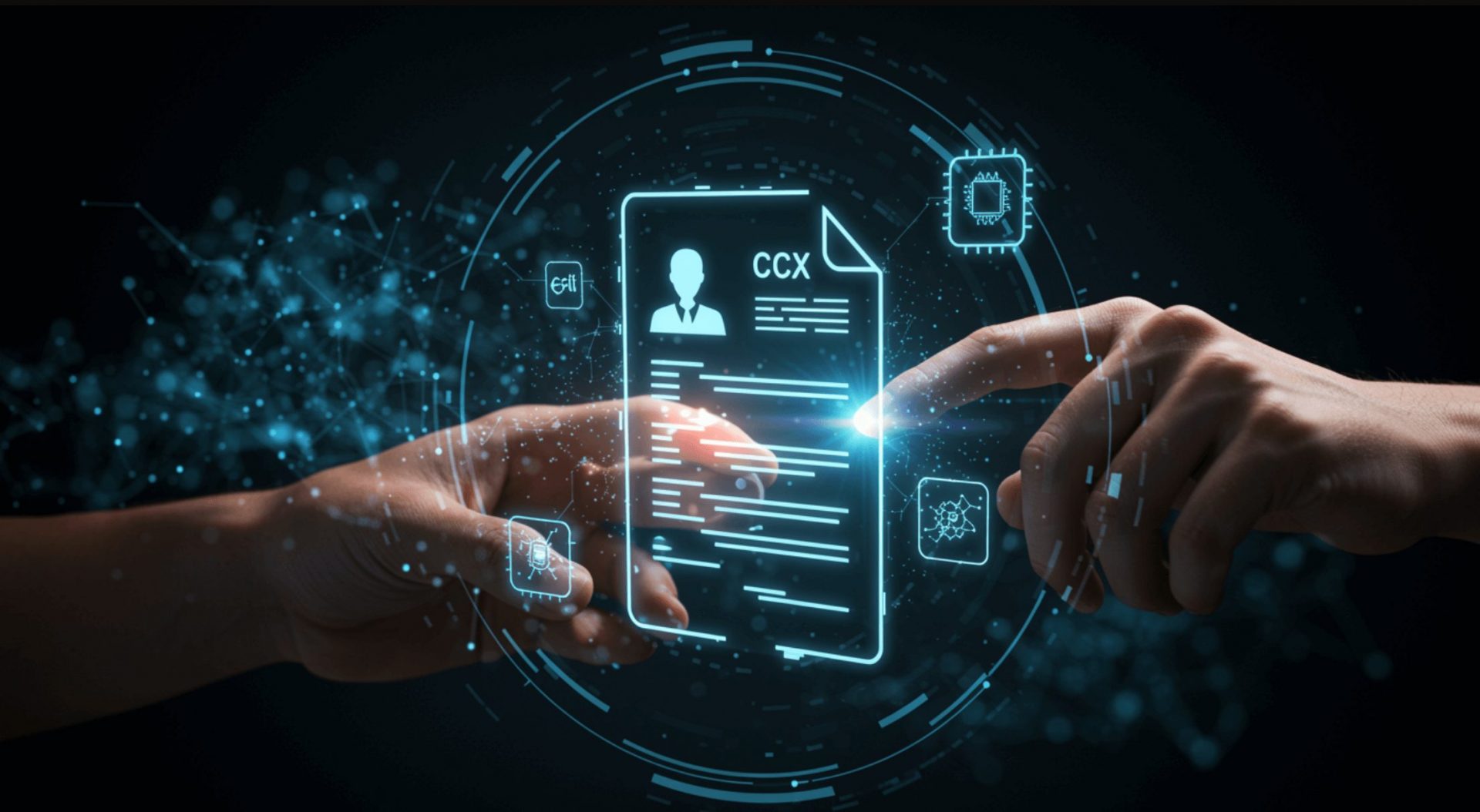Other Categories
- Automated Interviewing
- Background verification
- Candidate Screening and Assessment
- Competitor Analysis
- Contributor’s Corner
- HR Trends
- Mapping the Journey
- Product Updates and Integrations
- Recruiter’s Resources
- Recruitment Automation
- Recruitment Industry Trends
- Talent Acquisition and High Volume Hiring - 2/4 - Resources
- Talent Discovery
- Talent Management









